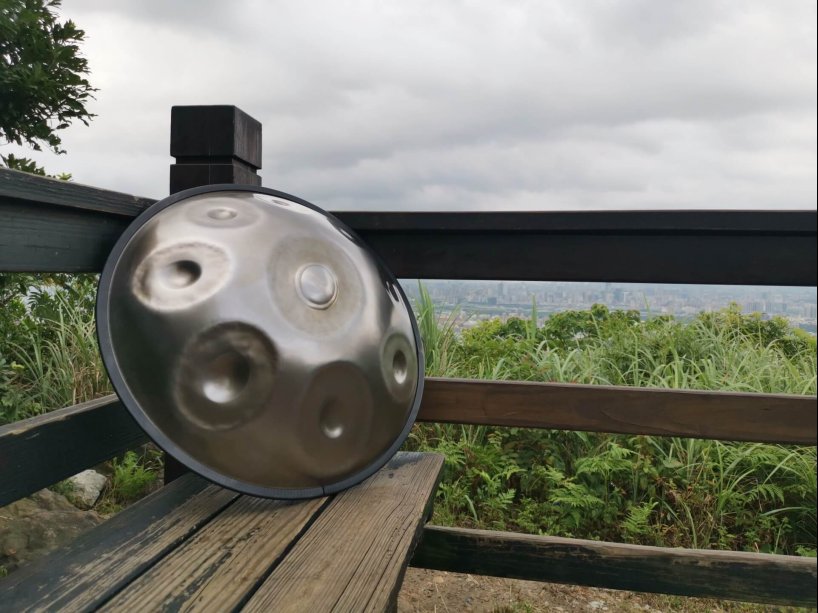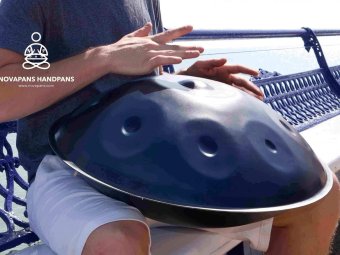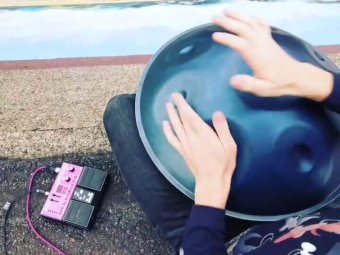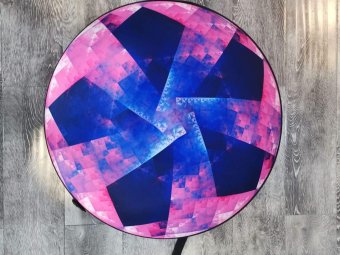Learning the Handpan: Lesson 11 / Ghost Notes by NovaPans Handpans

Not all playing on the handpan needs to be heard! Does that sound absurd? It doesn't mean we don't want to hear you, it means that some of your notes need to be intentionally quiet-enough-they-can't-be-heard or in other words, "ghosted". The ghosting technique involves tapping your finger on the note ever so softly that it simulates playing the note but doesn't actually sound the note, the purpose being that players can recreate certain more advanced rhythms by just playing their most comfortable quaver (1/2 beat) or semiquaver (1/4 beat) rhythms and then ghosting some of the notes, ultimately to make it sound like they are playing a new rhythmic pattern after all. Enough said, watch the video!
Did you find this interesting/useful? Leave us a comment below! Also, don't hesitate to contact us should you have any questions! Check out our other FREE handpan tutorials below:
An Introduction to Sheet Music for the Handpan
Lesson 0.1 / The Touch Technique
Lesson 0.2 / The Handpan Scale
Lesson 1 / Simplified Handpan Notation (Sheet Music for the Handpan)
Lesson 2 / Quaver (Half-Beat) Rhythms
Lesson 3 / Dynamics
Lesson 4 / Accents
Lesson 5 / Semiquaver (1/4 Beat) Rhythms
Lesson 6 / Harmonics & Pitch Pends
Lesson 7 / Percussive Slaps
Lesson 8 / Walking the Hands
Lesson 9 / Chords
Lesson 10 / Triplet Rhythms
Lesson 11 / Ghost Notes
Lesson 12 / Rewriting the Ding
Lesson 13 / Dotted Rhythms
Also, learn these pieces on the handpan! (notation provided):
The Last of the Mohicans (1992 film)
Sam Maher's New York Subway Piece
Discover our handpans
-
Performance Handpans (Generation 3) in Purple
$1,599.00 – $1,699.00 Select options This product has multiple variants. The options may be chosen on the product page All Handpans -
Starter Handpans (Generation 4) in Gold
$799.00 – $999.00 Select options This product has multiple variants. The options may be chosen on the product page All Handpans -
Sound Healing Handpans (Generation 7) in Gold
$1,299.00 – $1,999.00 Select options This product has multiple variants. The options may be chosen on the product page All Handpans
More post about handpans








